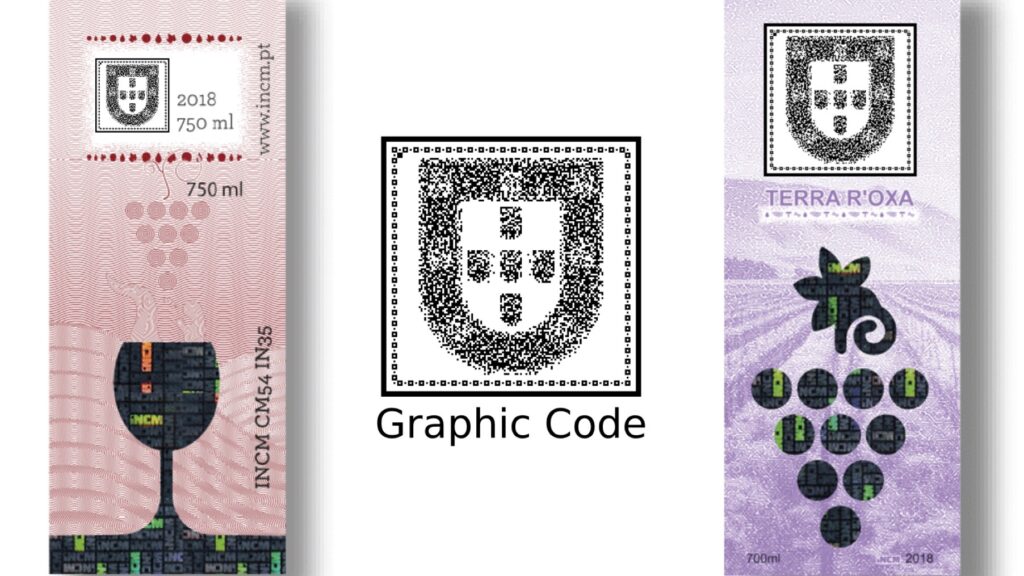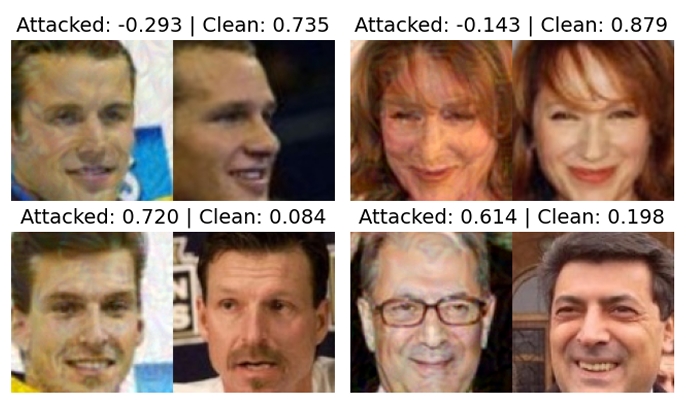
Featured in:
2018 IEEE International Conference on Artificial Intelligence and Virtual Reality, Taichung, Taiwan
Authors:
Leandro Cruz, Bruno Patrão and Nuno Gonçalves
Machine Readable Codes have been used for several purposes. Approaches like UPC [1] and QR Code [2] can be seen everywhere. Recently, it has emerged a new MRC [3], [4] able to combine the communication power of classical methods to a meaningful improvement on aesthetics and data capacity. This method is named Graphic Code1. Although it has been used in previous researches, this name was firstly used publicly at Security Document World Conference and Exhibition, 2018.
Graphic Code has two major advantages over classical MRCs: aesthetics and larger coding capacity. It opens new possibilities for several purposes. It can be used for identification, tracking (using a specific border), and transferring of content to the application. In this paper, we will present how graphic code can be used for industry applications, emphasizing its uses on Augmented Reality (AR). In the first context, it is already being used for creating labels and validation stamps. And in the second context, it can be used as a marker (identification and tracking) and to code parameters for an AR application such as large texts, meshes of a 3D model, an image, a drawing, or other complex controls.


© 2024 VISTeam | Made by Black Monster Media

Institute of Systems and Robotics Department of Electrical and Computers Engineering University of Coimbra